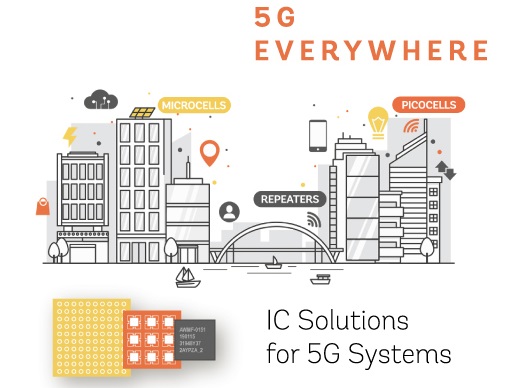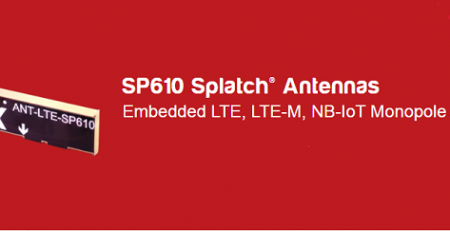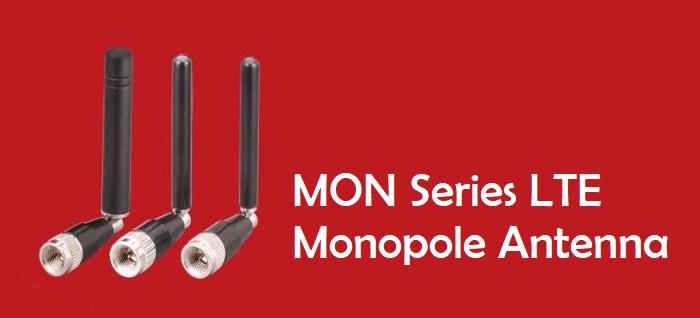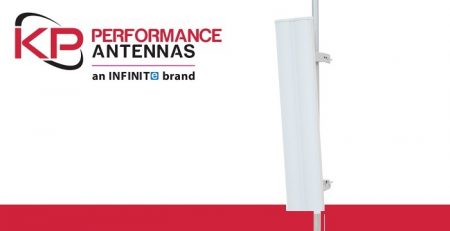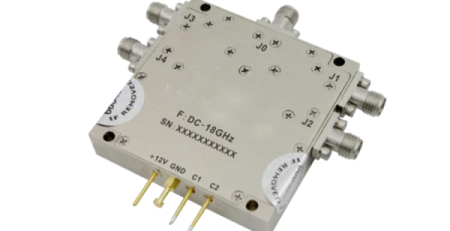Anokiwave Named Hot Tech Innovator in the Cellular & 5G Antenna Domain
Anokiwave, a cutting-edge provider of highly integrated IC solutions that enable emerging mm-Wave markets and Active Antenna based solutions, has been named as a hot tech innovator by global technology market advisory firm ABI Research in its 2019 QTR 4 report, “Hot Tech Innovators” for Cellular and 5G Antenna Technologies.
Advances in phased array antennas for use at mmW frequencies are essential for the rollout of new 5G, cellular, and other applications. In naming Anokiwave as a hot tech innovator in this area, ABI Research said that the company’s pioneering hybrid beamforming technology not only enables the development of high-performance antennas, it also provides the additional benefits of low cost, low complexity, and ease of reconfigurability for even the largest designs.
Dimitris Mavrakis, Research Director at ABI Research said that there has been a huge amount of R&D investment in antennas for 5G and cellular applications in recent years, and in the U.S. this work is largely being carried out by smaller, fast-growing companies and startups, not by large, established infrastructure players. Anokiwave is at the forefront of this trend. Its unique hybrid beamforming technology allows numerous digital beams to form within analog, hard-coded beams, combining advantages from both domains. Proof of the value of this approach is that the company is already shipping its advanced chipsets to Tier One OEMs, and they are already in the market for mmW base stations and customer premises equipment (CPE).
Anokiwave recently celebrated its 20th anniversary, and since inception has shipped millions of silicon-based mm-Wave ICs for RF front ends and control ICs for active 5G antennas, RADAR, and SATCOM applications. The company offers a full lineup of silicon mm-Wave beamformer ICs and silicon up and down-converter ICs, which enable intelligent, scalable antenna arrays that can be configured for different power levels and frequency bands. The flexibility to optimize an array for different use cases is important because needs vary among 5G applications.
Click here to read the full report.



